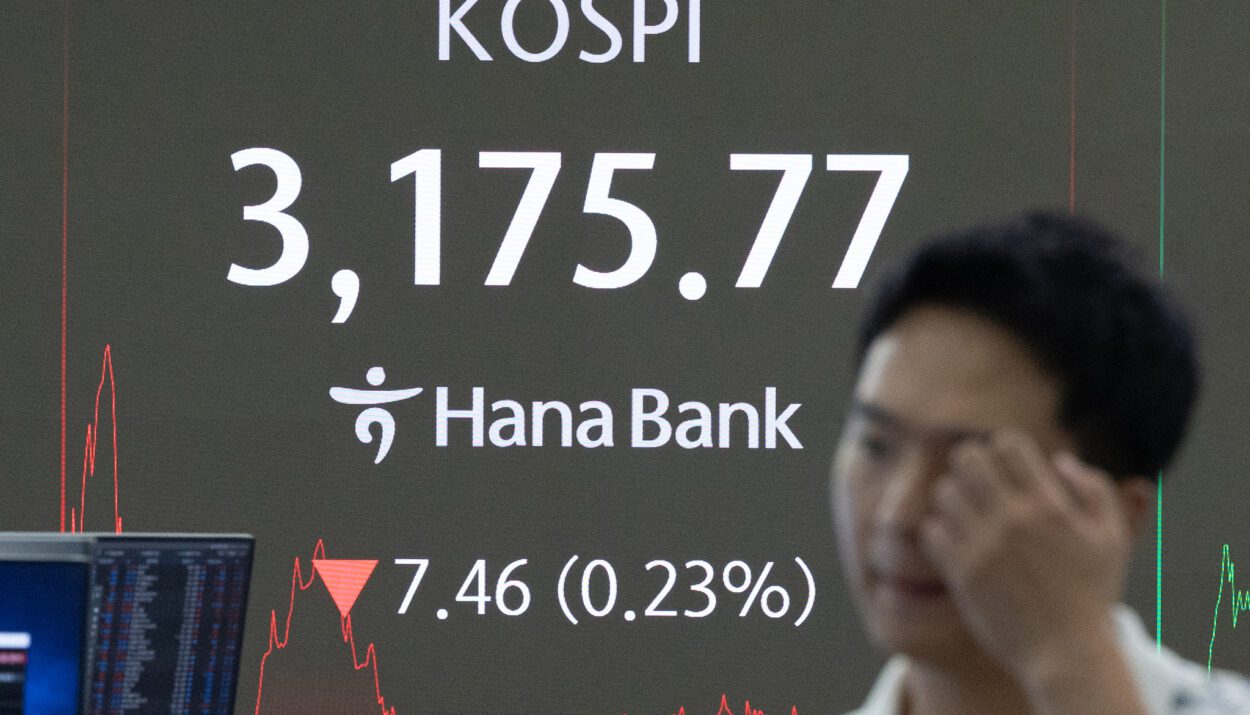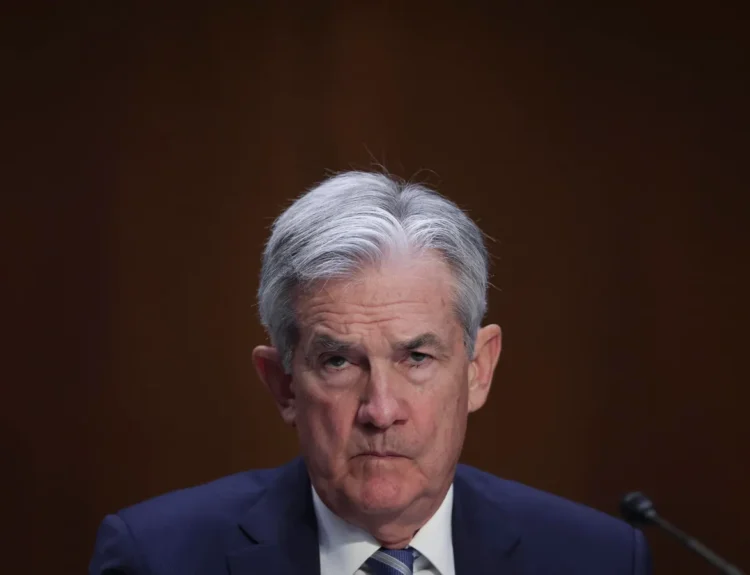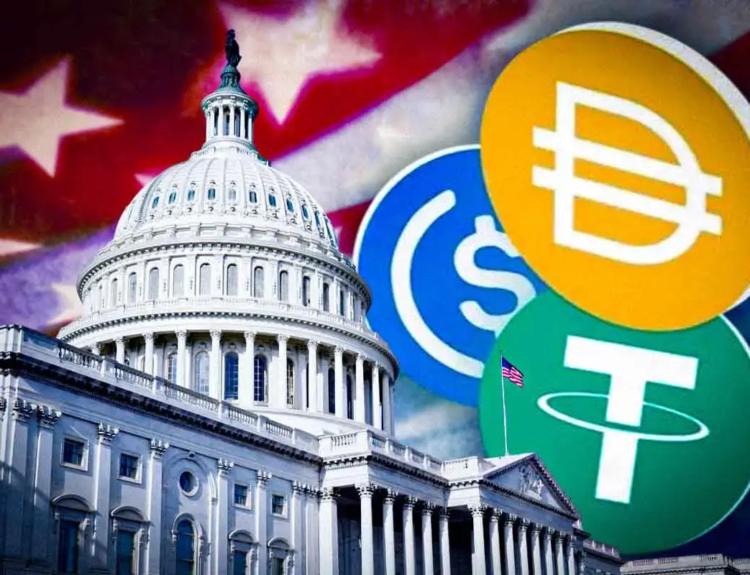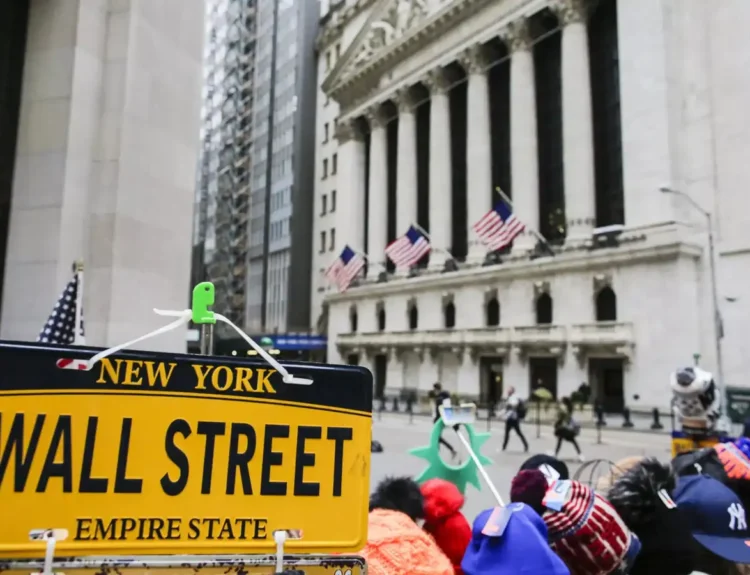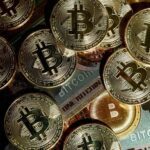South Korea’s equity market is back in the global spotlight after JPMorgan Chase raised its view on Korean stocks to overweight and projected the KOSPI could surge more than 50 per cent to 5,000 by mid-2027, provided President Lee Jae-myung’s corporate-governance reforms hold course.
Key points from JPMorgan’s note
- Target: KOSPI 5,000 “over a two-year period”—a 57 percent gain from Friday’s close at 3,176.
- Trading range 2H 2025: 3,200–3,500; index already touched an intraday 3,216 last week, its first move above 3,200 since September 2021.
- Catalysts:
- Phase-two governance overhaul aimed at closing the long-lamented “Korea Discount.”
- Bipartisan pushback against value-destroying spin-offs (e.g., PharmaResearch’s canceled split).
- Ample domestic liquidity—retail cash balances still near ₩65 trillion.
- Room for incremental foreign inflows; net overseas buying has been modest compared with early 2024.
Market snapshot
| Metric | Latest | YTD Change |
|---|---|---|
| KOSPI | 3,175.77 (Jul 11 close) | +32.4 % |
| Market cap | ₩3,000 trn (≈ US $2.2 trn) | Record high |
| Short interest | ₩9.44 trn (US $6.8 bn) | Highest since Mar 31 restart, +131 % since end-Mar |
Short sellers have ramped up hedges as the rally extended to 11 winning weeks out of 13. Net shorts now equal 0.35 percent of total market value, up from 0.19 percent three months ago. Battery-materials firm SKC carries the heaviest bet at 5.55 percent of its market cap, ahead of Hanmi Semiconductor (4.92 %), Shinsung E&G (3.89 %) and Hotel Shilla (3.84 %).
Policy tailwinds
- Governance bill: The administration plans to fast-track legislation requiring greater board independence and dividend transparency—measures credited with Japan’s re-rating.
- Bank of Korea easing: June’s 25 bp rate cut, plus a ₩25 trn supplementary budget, has reinforced risk appetite.
- Tariff relief hopes: Investors see Seoul’s early deal-making with Washington as a template for other U.S. partners, limiting export-hit fears.
Risks on the horizon
- External shocks: A hotter-than-expected U.S. CPI on Tuesday or fresh tariff volleys could jolt global risk sentiment.
- Fed timing: Delayed U.S. rate cuts would tighten global liquidity just as foreign funds weigh entry.
- Rotation trade: Earnings downgrades—for now offset by multiple expansion—could resurface if policy momentum stalls.
Korean equities are riding an unusual convergence of political commitment, liquidity and global hunt for undervalued growth stories. JPMorgan argues pullbacks tied to tariffs, bond-market volatility or growth scares are buyable as long as reforms stay on track. Bears, meanwhile, are building record short positions, betting the sprint from 2,700 to 3,200 has outrun fundamentals.
The next inflection points: second-quarter earnings from Samsung Electronics on July 30, details of the governance bill in August, and whether foreign investors decide the entry window has finally opened.
Disclosure: This article does not represent investment advice. The content and materials featured on this page are for educational purposes only.
Related:
Tariff Shock, or Just a Ripple? June CPI Faces Market That No Longer Flinches
Week Ahead (July 14 – 18): Inflation Check, Big Bank Earnings, Tech Titans
Hegseth Orders Every US Squad Armed by 2026: Defense Stocks Up
Tesla Paid for Elon’s Politics — Will the “America Party” Help or Hurt?
Shaken, Not Stirred: Markets brush off Trump’s latest tariff barrage
Wall Street Remains Resilient Amid New Tariff Threats
Trump Slaps 50% Tariff on Copper, Threatens 200% Duties on Pharmaceuticals
Dow, S&P 500, Nasdaq Drop as Trump Slaps 25–40% Tariffs on Trade Partners
Global Stocks Are Crushing US – But Which Ones?
Markets This Week: Tariff Chaos, Fed Clarity, Prime Day, and Earnings Heat Up
Elon Musk Launches ‘America Party’ After Breaking With Trump


